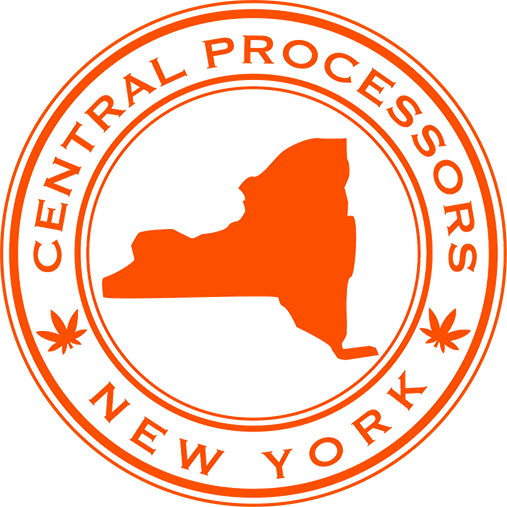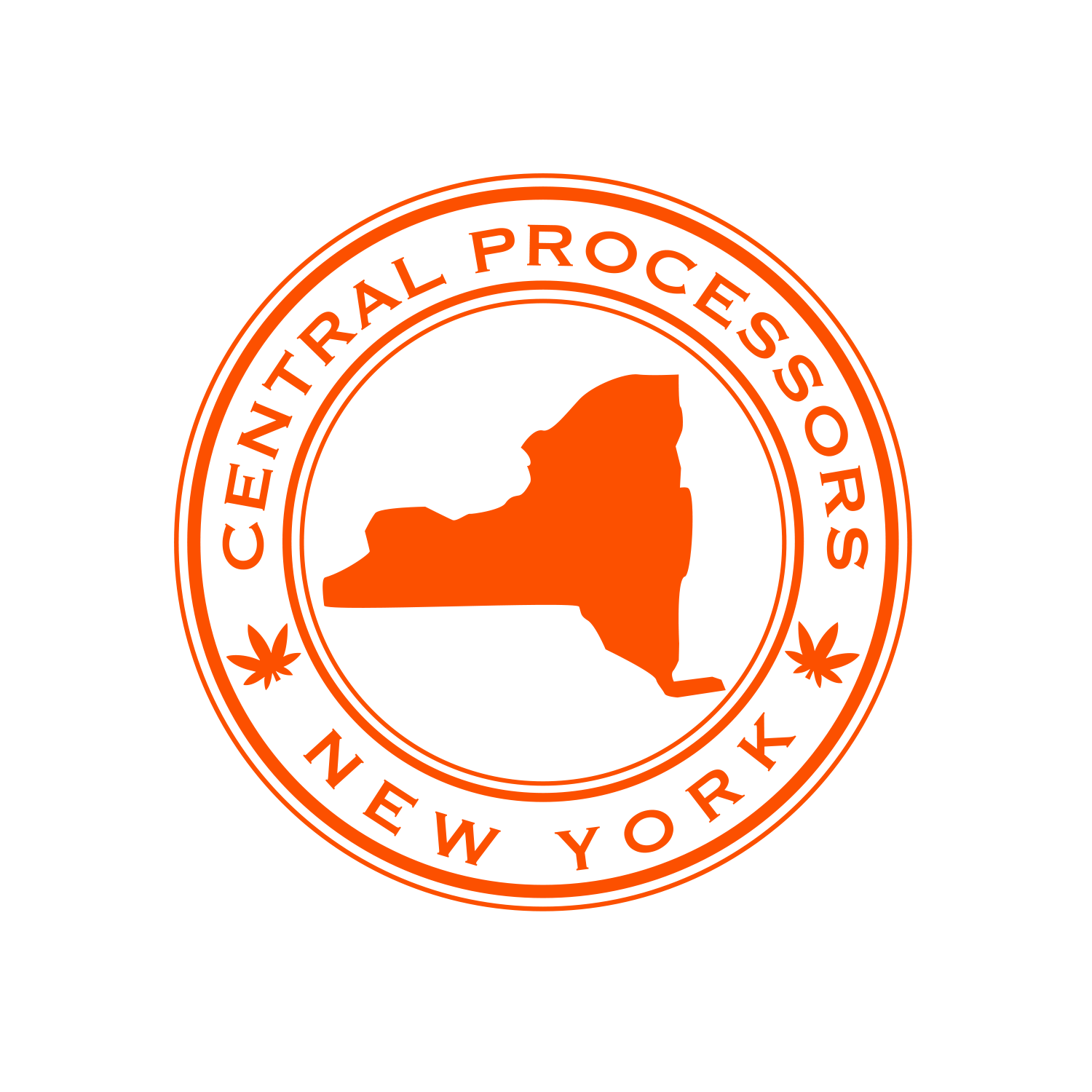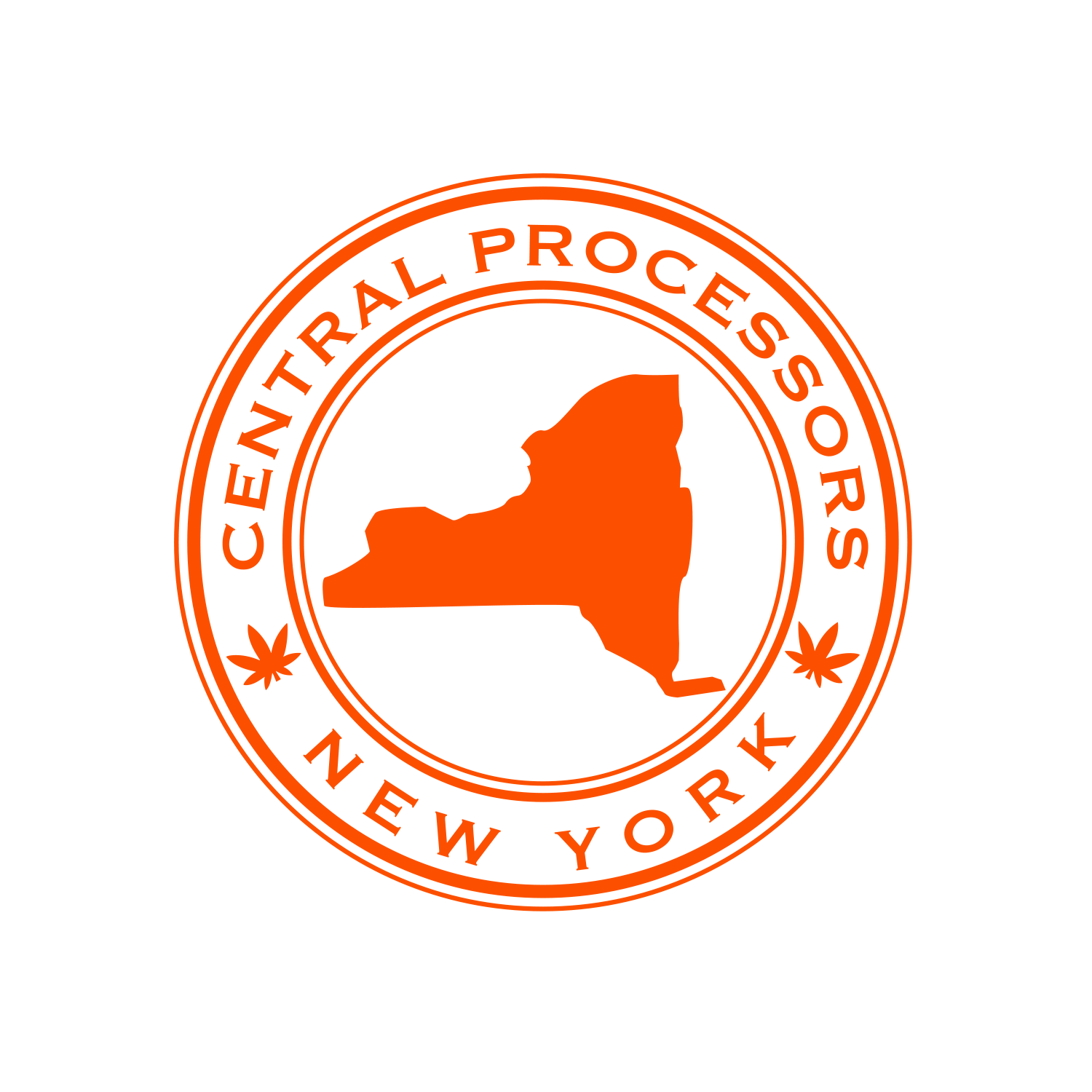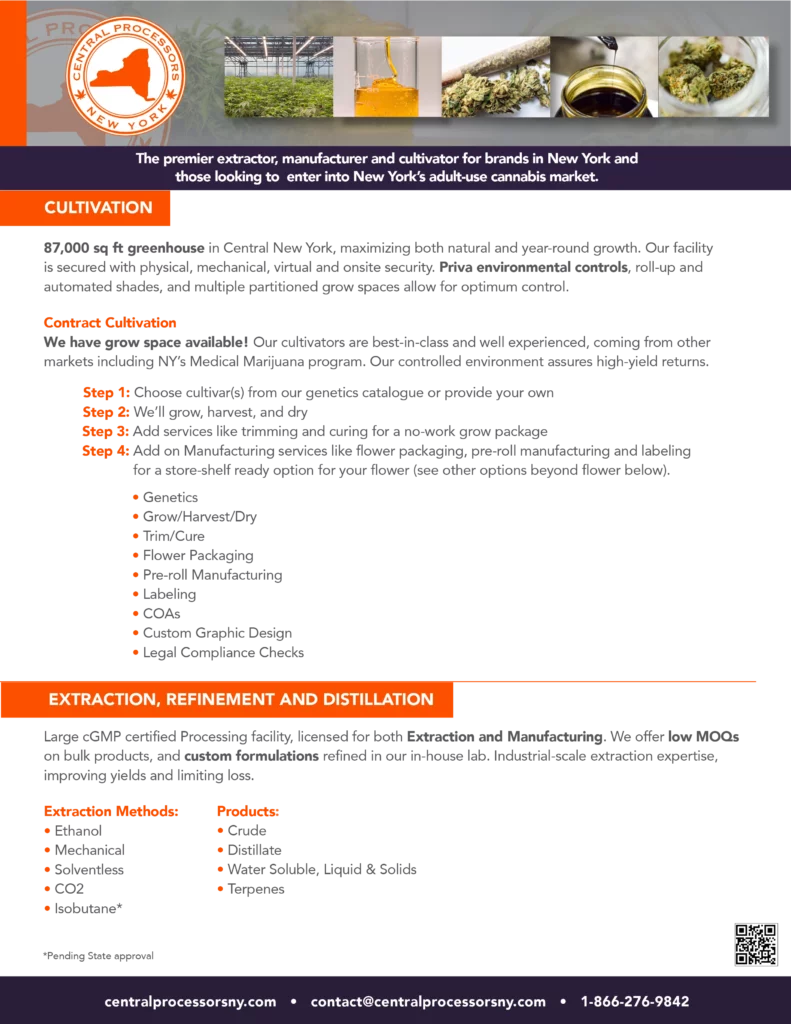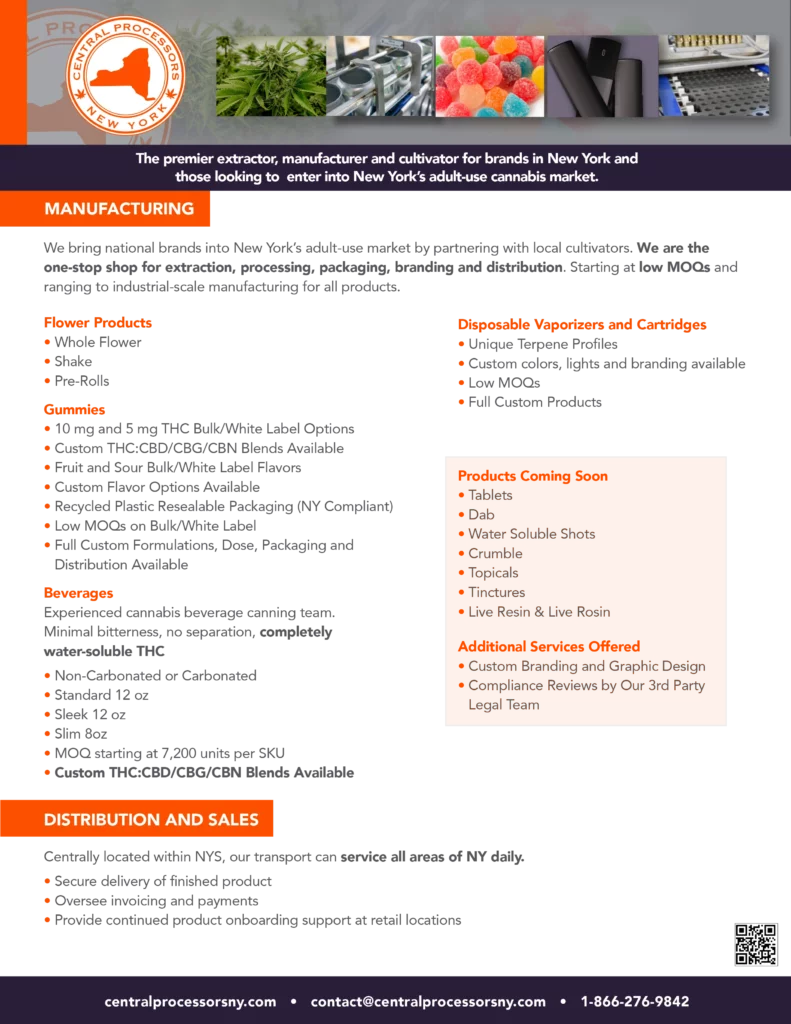The Hemp Renaissance
In 2018, the United States took a significant step towards embracing the agricultural potential of hemp by legalizing its cultivation under the 2018 Farm Bill. This decision marked the beginning of a new era in the hemp industry, with farmers and entrepreneurs rushing to capitalize on the crop’s versatile applications. In the years that followed (2019-2022), hemp production and demand grew rapidly. However, this growth was not without its challenges. From regulatory hurdles to a lack of market infrastructure, the hemp industry’s journey has been a tumultuous one. Here, we aim to shed light on some of the most significant obstacles faced by the hemp industry between 2019 and 2022.
Regulatory Ambiguity: A Bumpy Road to Compliance
Despite the 2018 Farm Bill’s passage, the hemp industry faced significant regulatory hurdles between 2019 and 2022. The FDA‘s lack of clear guidelines for hemp-derived products, particularly CBD, left businesses in a state of uncertainty. Producers and retailers had to navigate a patchwork of state and federal regulations, with some states adopting more stringent rules than others. This lack of uniformity created a barrier to entry for new businesses and increased the risk of non-compliance. Additionally, financial institutions were hesitant to work with hemp-related businesses due to lingering confusion over the crop’s legal status. This stifled investment and limited access to banking services for many in the industry.
Overproduction and Market Saturation
The initial enthusiasm for hemp cultivation led to a surge in production between 2019 and 2022. However, this rapid expansion soon outpaced demand, resulting in a surplus of hemp biomass and a sharp decline in prices. Many farmers who had invested heavily in hemp found themselves struggling to break even, as the oversupply drove down the value of their crops. Furthermore, the lack of processing infrastructure meant that a significant portion of the harvested hemp went to waste, further exacerbating the issue of overproduction. This market saturation underscored the need for a more balanced and sustainable approach to hemp cultivation, with a focus on developing end markets and building robust supply chains.
Quality Control and Consumer Trust
As the hemp market expanded between 2019 and 2022, concerns around quality control and consumer trust emerged. The absence of standardized testing and labeling practices led to widespread inconsistencies in product quality. In some cases, products contained significantly less CBD than advertised or even harmful contaminants. This lack of transparency damaged consumer trust and hindered the industry’s growth. To address these issues, industry stakeholders pushed for the development of standardized testing and labeling protocols, as well as the enforcement of stringent quality control measures. By prioritizing transparency and consumer safety, the hemp industry aimed to rebuild trust and establish a solid foundation for future growth.
Lessons Learned and the Path Forward
The journey of the hemp industry between 2019 and 2022 was marked by both remarkable progress and significant challenges. The issues of regulatory ambiguity, overproduction, and quality control served as important lessons for the sector. As the industry continues to evolve, it must learn from these experiences to foster a more stable and sustainable market. Key steps include advocating for clearer regulations, investing in processing infrastructure, and promoting transparency and quality control. By addressing these issues, the hemp industry can unlock its full potential and create a thriving market that benefits farmers, businesses, and consumers alike.
